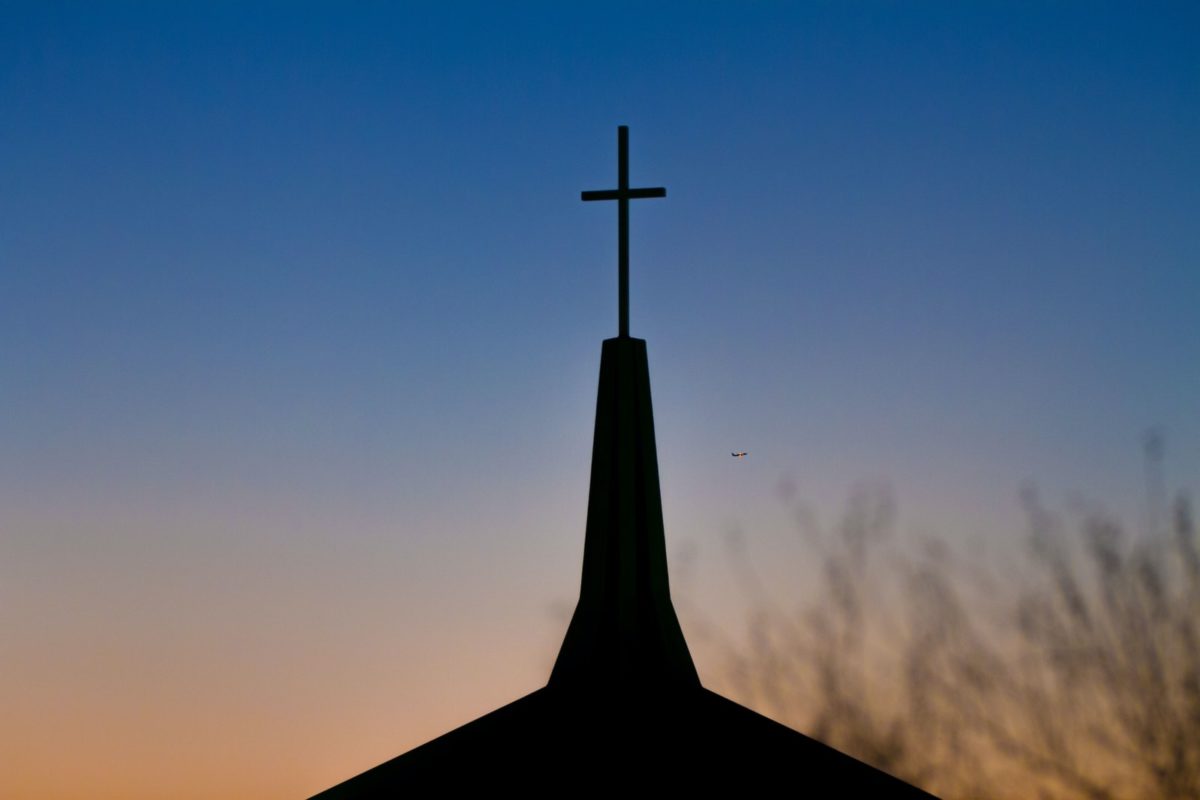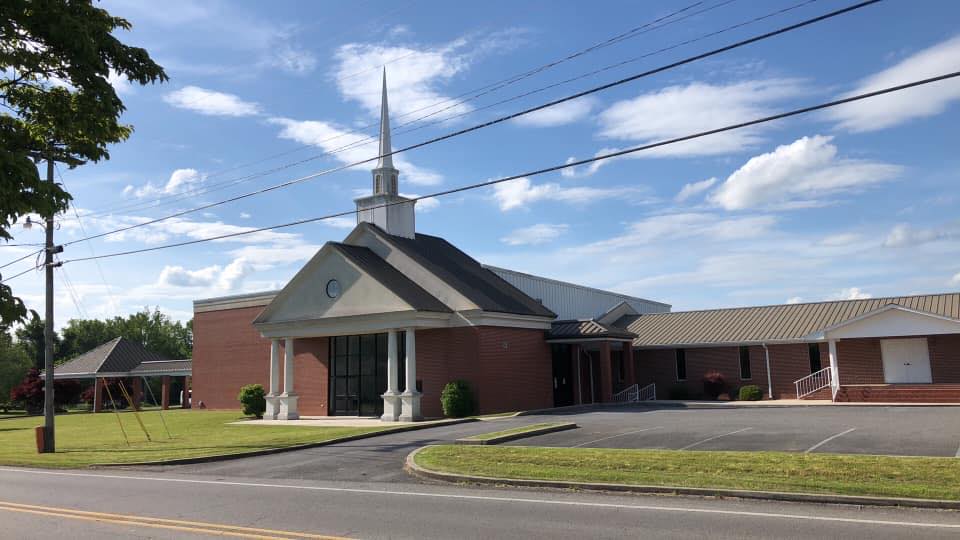Church safety should be a priority for all churches. With more frequency, there are incidents involving churches around the country where violent incidents occur, resulting in injury and too often, the loss of life.
Churches want to be welcoming, but they also need to be discerning of all who enter their doors.
The most prolific attack in recent years was the Sutherland Springs, Texas, shooting that took the lives of 26 people and injured 20 more. While we tend to think of these kinds of incidents occurring at large churches, Sutherland Springs was a small country church, proving that no church is immune from threat.
Whether from an active shooter event or another act of violence, churches present an easy “soft” target for individuals or groups wishing to inflict harm.
Rise in church attacks
Deadly force incidents in faith-based settings have risen from 10 in 1999 to 261 in 2018, according to Carl Chinn, president of the Faith Based Security Network.
The total number of incidents for the combined years 1999–2018 is 1,967 and the total number of deaths as a result of the incidents is 902.
Non-denominational churches have experienced the most deadly force incidents (434) during this period, followed by Baptist (417) and Catholic (275) churches.
In almost every case of an active shooter incident or other nefarious act, there are indicators someone observed that could have been instrumental in preventing the act had they reported it.
“See something, say something” is very important for all members of church congregations to practice. No longer can churches take the stance that “it won’t happen here.”
Vigilance does not need to be interpreted as being unwelcoming. Ushers, the safety team and church members all play a role in awareness by listening and observing.
Churches are constrained by knowledge, budgets, personnel and volunteers, but the necessary investment to make churches safer can no longer be placed on the back burner.
Effective, affordable and easily achieved actions can be accomplished with minimal financial strain on any church or organization’s budget.
While the threat can never be eliminated, it can certainly be reduced, and a proactive mindset can make a huge difference in reducing or eliminating the loss of life.
Counter Threat Group conducts comprehensive threat assessments and has outlined five key action steps churches should take to reduce risk and improve safety.
1. Contact an outside group to conduct a comprehensive threat assessment of the premises.
Any church and organization can take this first and most important step. A qualified outside group that conducts comprehensive threat assessments is much better suited to identify the vulnerabilities of your church than someone from within the church. Counter Threat Group has conducted a number of comprehensive threat assessments for churches and businesses, and in every case we identified vulnerabilities that were not obvious to those who worked there.
An adequate assessment should include a complete walk-around, externally and internally of the facility.
The inspection should include lighting, surveillance, infrastructure, alarms, entry and exit points, accessibility, crime statistics for the vicinity of the organization and roadway access. The assessment should include the church’s social media and online presence and how gatherings and events are promoted.
It should also include interviews of key employees within the organization to identify safety concerns, perceived vulnerabilities and people of concern. Often employees won’t reveal concerns internally but will discuss them with professionals from the outside when asked.
2. Organize a volunteer safety team.
A safety team is critical and should be addressed while implementing action step No. 1. Any church, business or organization can take this step. The sophistication can vary, but organizing a group of volunteers who are willing to be the eyes and ears for the church is the first step. Former military members and off-duty or retired law enforcement officers are ideal for this.
Safety team members should be scattered throughout the church to provide more coverage and should always be on the lookout for unusual activity or individuals who appear out of place. A reporting structure for concerning activity should also be in place. Furthermore, it has been proven that when a person who is “up to something” is noticed or encountered by another person, the likelihood of that person carrying out his or her plan is reduced.
Risk of concealed carry
In the December 2019 shooting at West Freeway Church of Christ in White Settlement, Texas, (see story here) a gunman was fatally shot within seconds by armed congregants.
More law-abiding citizens are getting permits to carry concealed firearms due to the concern for their personal and family’s safety.
It is important to note that in the event of an active shooter incident, the first responders’ number one objective is to take out (neutralize) the shooter.
When law enforcement enters the premises where a shooting has or is occurring, any individual holding a gun stands a good chance of being immediately met with lethal force.
While intentions are to defend the innocents and perhaps engage the real shooter, it is a risk everyone who carries a gun must understand.
It is possible armed safety team members could divert law enforcement’s attention to the concealed carrier rather than to the actual shooter. Discuss your safety team’s procedures with your local law enforcement and first responders.
3. Develop an evacuation plan.
This step is not only important for active shooter incidents but is useful for natural disasters and fires. Post the evacuation plan in a standard location in rooms, offices and common areas of your facility and encourage everyone within the organization the opportunity to study the plan in advance to know where they should go in an emergency.
In the event of an active shooter, running away from the shooter is the first action everyone should attempt. If that is not an option, procedures should be predetermined for sheltering in place in an office or room or even the sanctuary. Appropriate exits and meeting points should be identified, all dependent on where the shooting is taking place.
4. Conduct awareness education.
Employ some means of training and educating your employees, church members, students and others who regularly use your facilities about the need to adopt a preparedness and proactive mindset.
While none of us want to think it could ever happen to us, it is important that people shift their thinking to “what if it does happen here?”
What would you do if you are sitting in a church pew, an auditorium, a business office, a restaurant or any other public setting and a shooter comes through the door? Do you know where all the exits are? This is where advanced preparedness can make a difference in survivability.
The Department of Homeland Security’s “Run, Hide, Fight” video teaches how to react to active shooter incidents. If you can think through how you will react to a threat scenario in relation to where you are, then you are way ahead of most people in preparation.
5. Develop a reporting structure for individuals or incidents of concern.
Develop a mechanism for church members, employees, students or safety team members to report any occurrences or incidents that are concerning or out of the ordinary.
Develop a relationship with local law enforcement and discuss any concerns with them.
Make them aware of individuals who are part of your church or business who might also be participating on your safety team.
Your organization can implement all of the steps above with minimal resources.
By effectively considering these steps as a plan of action for your church, business or school you have made an important commitment to reducing threats and improving the safety of your organization and most importantly your people.
EDITOR’S NOTE — This story was originally written by Doug Wilson and published on January 7, 2020. Doug Wilson is assistant vice president of advancement at Samford University and a former career U.S. Air Force intelligence officer. He consults with Counter Threat Group LLC on international travel safety and church safety.






Share with others: